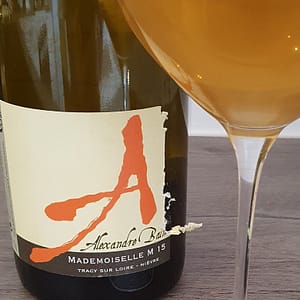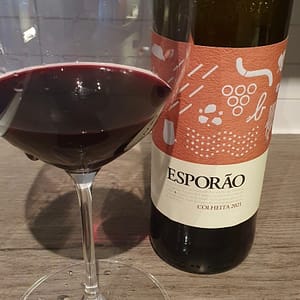Mademoiselle M is a sauvignon blanc from Kimmeridgian limestone soils (marl with oyster sediments), located in the appellation of Pouilly-Fumé. It’s made without added sulphites, aged in used oak vats for 18 months.
Alexandre Bain owns 11 ha in Tracy-sur-Loire. Like his friend and collegue Sebastien Riffault across the river in Sancerre, Alexandre harvests later than most in his region, which gives the wines a darker colour. To retain the maximum acidity in his grapes, Alexandre trains his vines low. Harvest is done by hand, and yields are small.

Mademoiselle M 2015 (Alexandre Bain)
Dark golden, slightly turbid. Aroma of mature apples, flowers, a touch of honey and a flinty minerality. Quite full on the palate, glyceric, concentrated flavours. Rich for a sauvignon blanc. Probably at its peak right now.
Price: Medium
Leave a Comment








